Last Updated on April 15, 2025
New vs Old Tire Models – Are New Versions Always Better?
The relentless pursuit of performance, grip, and fuel efficiency has been the name of the game for decades in the tire industry. No matter how successful a tire is, its successor is already in the works, destined to replace it eventually. Newer models usually feature slight changes in the construction and compounds.
Today, we have compiled well-known tires and their successors to see whether or not the new models are better.
Interestingly, even after new models hit the market, the older tires remain available and are produced alongside their replacements. Many drivers tend to stick with familiar models that they trust, after all, newer doesn’t always mean better. In some cases, these minor improvements are not significant enough to justify a price jump. Sometimes choosing the older tire might be more financially savvy since those models are often more affordable.
Michelin Pilot Sport 4 vs. Pilot Sport 5
The Michelin Pilot Sport 4 and Pilot Sport 5 are high-performance summer tires that deliver excellent grip, handling, and braking in dry and wet conditions.
The Pilot Sport 4 features a hybrid aramid and nylon belt for high-speed stability and a silica-infused tread compound that enhances wet grip. Its asymmetric tread pattern is designed to optimize water evacuation and cornering performance.
The Pilot Sport 5 builds upon Michelin’s updated “Dynamic Response Technology,” which improves steering precision and extends tread life. The Pilot Sport 5 also introduces a redesigned tread pattern with deeper grooves for better water evacuation and improved wear resistance.
Verdict: While both tires deliver exceptional grip and control, the Pilot Sport 5 offers slightly better braking in the rain and longevity, making it a refined evolution of its predecessor. Is it worth upgrading from PS4 to PS5? Yes, it is worth upgrading if you frequently drive in the rain and don’t mind the price increase.
Falken Wildpeak A/T3W vs. Falken Wildpeak A/T4W
The Falken Wildpeak A/T3W and A/T4W are all-terrain tires engineered for both off-road capability and on-road comfort.
The A/T3W is well-regarded for its deep tread depth, aggressive sidewall design, and heat-diffusing technology, ensuring durability in extreme conditions. The silica-infused tread compound maintains flexibility in cold weather and enhances wet traction.
The A/T4W improves upon this formula by incorporating a new tread compound that enhances wet grip and tread life while maintaining the same rugged durability. Additionally, the A/T4W features an optimized tread pattern for better traction in deep snow and mud, making it a more capable option in severe conditions.
Verdict: Both tires excel in off-road performance, but the A/T4W offers improved handling and wear characteristics, making it the superior choice for a broader range of driving conditions. Should you get the A/T4W? Yes, if you like the A/T3W versatility and want more of it.
BF Goodrich A/T KO2 vs. A/T KO3
The BF Goodrich All-Terrain T/A KO2 and KO3 are designed for serious off-road enthusiasts who demand durability, traction, and versatility.
The KO2 features CoreGard Technology for reinforcing the sidewalls to resist punctures and abrasions. Its aggressive tread design provides a firm grip in mud, snow, and rocky terrain, while the interlocking tread blocks improve stability and even wear.
The KO3 builds upon this with an improved rubber compound that enhances wet traction and extends tread life. The updated tread pattern also offers better self-cleaning capabilities, reducing mud and snow buildup.
Verdict: While both tires are exceptionally rugged, the KO3 enhances wet and winter performance while maintaining the legendary durability and toughness of the KO2. However, the KO3 is a more aggressive tire, losing some of its on-road capabilities compared to the KO2. So, upgrading makes sense if you are a keen off-road enthusiast.
Continental Sport Contact 6 vs. Sport Contact 7
The Continental Sport Contact 6 and Sport Contact 7 are ultra-high-performance tires for sports cars and high-powered sedans.
The Sport Contact 6 features Continental’s “Black Chili” compound, which provides exceptional grip and reduced rolling resistance for improved fuel efficiency. It balances handling, comfort, and tread life while maintaining strong wet and dry performance.
The Sport Contact 7 introduces “Force Vectoring” technology, enhancing cornering precision, and “Aralon 350” hybrid cap ply construction for excellent stability at high speeds. The Sport Contact 7 focuses more on track performance, offering sharper steering response and improved grip in extreme conditions.
Verdict: While the Sport Contact 6 is a well-rounded choice for performance-oriented driving, the Sport Contact 7 pushes the limits with superior handling and high-speed stability, making it the better option for aggressive drivers.
Goodyear Eagle F1 Asymmetric 5 vs. Eagle F1 Asymmetric 6
The Goodyear Eagle F1 Asymmetric 5 and 6 are premium summer tires that excel in dry and wet performance.
The Asymmetric 5 features an advanced silica compound that enhances grip, braking, balanced comfort and sportiness. Its tread design optimizes water evacuation to reduce hydroplaning.
The Asymmetric 6 refines this design with “Dry Stability Plus” technology, which enhances steering precision, and “Wet Braking Pro” for improved stopping distances in rainy conditions.
Verdict: Compared to the Asymmetric 5, the 6 offers a slightly better wet grip, reduced rolling resistance, and more direct handling. It is an excellent choice for performance vehicles requiring enhanced responsiveness and safety in wet weather.
Yokohama Advan Sport V105 vs. Advan Sport V107
The Yokohama Advan Sport V105 and V107 are ultra-high-performance tires for luxury sports sedans and high-performance vehicles.
The V105 features a high-silica tread compound and an asymmetric tread pattern for a firm grip in wet and dry conditions. It is ideal for sporty daily driving.
The V107 improves upon this with an updated tread compound that resists heat buildup, extending tread life and maintaining grip over longer periods.
Verdict: Additionally, the V107 features a redesigned contact patch for better high-speed stability at high speeds, making it a superior choice for performance enthusiasts who demand more precision and durability from their tires.
Nokian Hakkapeliitta R3 vs. Hakkapeliitta R5
The Nokian Hakkapeliitta R3 and R5 are premium winter tires designed for maximum traction in snow and ice.
The R3 utilizes “Cryo Crystal 3” technology, embedding microscopic grip particles in the tread for improved ice traction. Its flexible rubber compound remains pliable in extreme cold, ensuring consistent performance on frozen surfaces.
The R5 introduces “Double Block Grip” technology, which improves snow braking and handling, and “SilentDrive” technology for a quieter ride.
Verdict: Compared to the R3, the R5 offers superior traction on ice, improved tread life, and better overall ride comfort, making it a more advanced option for winter driving.
Hankook Ventus S1 Evo2 vs. Ventus S1 Evo3
The Hankook Ventus S1 Evo2 and Evo3 are high-performance summer tires designed for sporty handling and firm wet grip.
The Evo2 features a high-silica tread compound for strong traction and braking. It balances wet and dry handling with a focus on longevity.
The Evo3 takes this further with “Aqua Hydro Block” technology, which improves water dispersion and enhances wet traction. The updated tread compound in the Evo3 also provides better heat resistance, allowing for more stable performance in high-speed conditions.
Verdict: Compared to the Evo2, the Evo3 delivers sharper steering response, improved wet handling, and better high-speed stability, making it the better option for aggressive summer driving.
Conclusion
New tire models are often more advanced and can be better for your vehicle – especially if you’re looking for the latest innovations in grip, handling, and braking. From our comparison above, it’s easy to see that sometimes the improvements are marginal, and for the average driver, it may not be worth the investment.
Ultimately, whether you should upgrade depends on your driving habits, budget, and how much you value these incremental performance gains. If extracting every bit of your vehicle’s performance is not top of mind, then sticking with a proven classic might be the smarter move.
-
Automotive Specialist
-
Proofreader
-
Writer




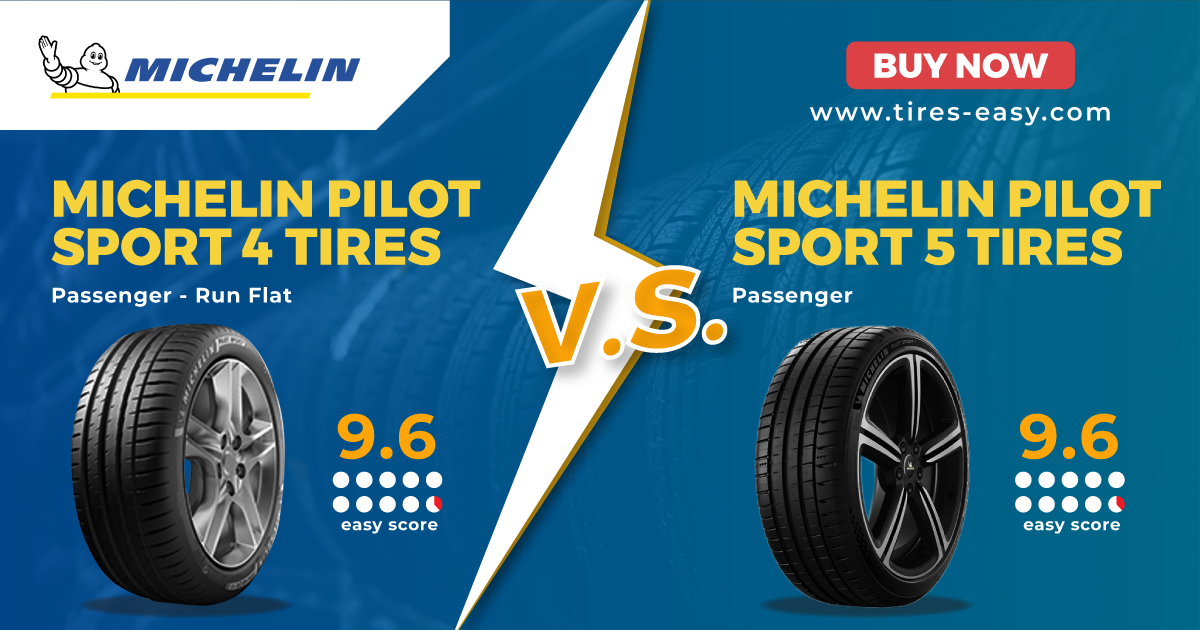
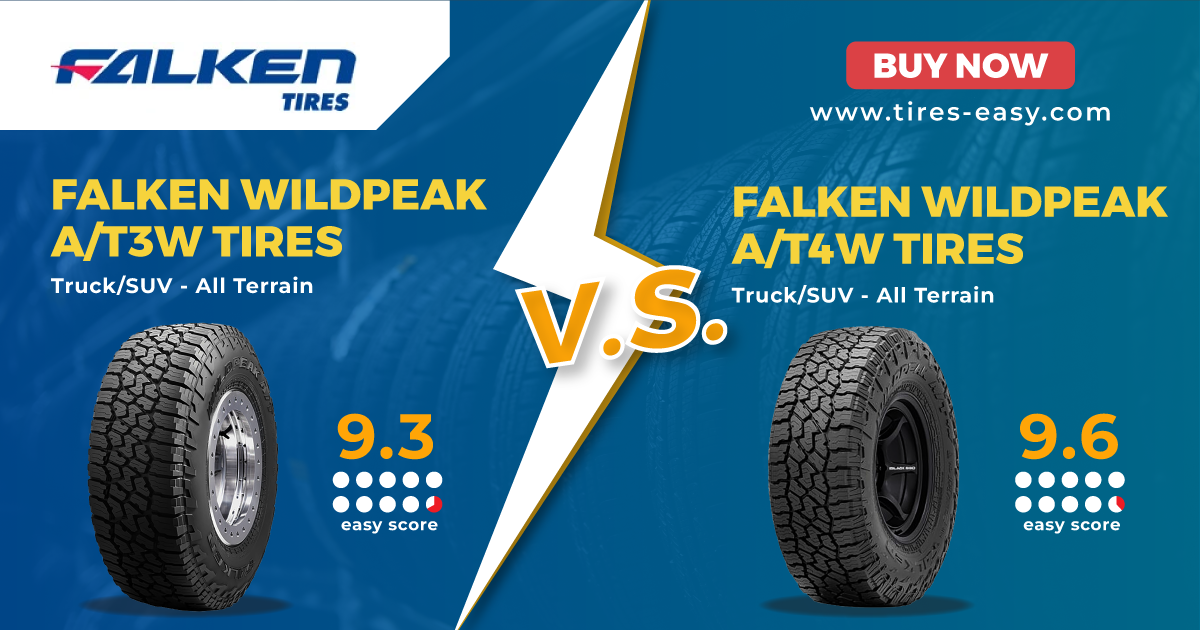

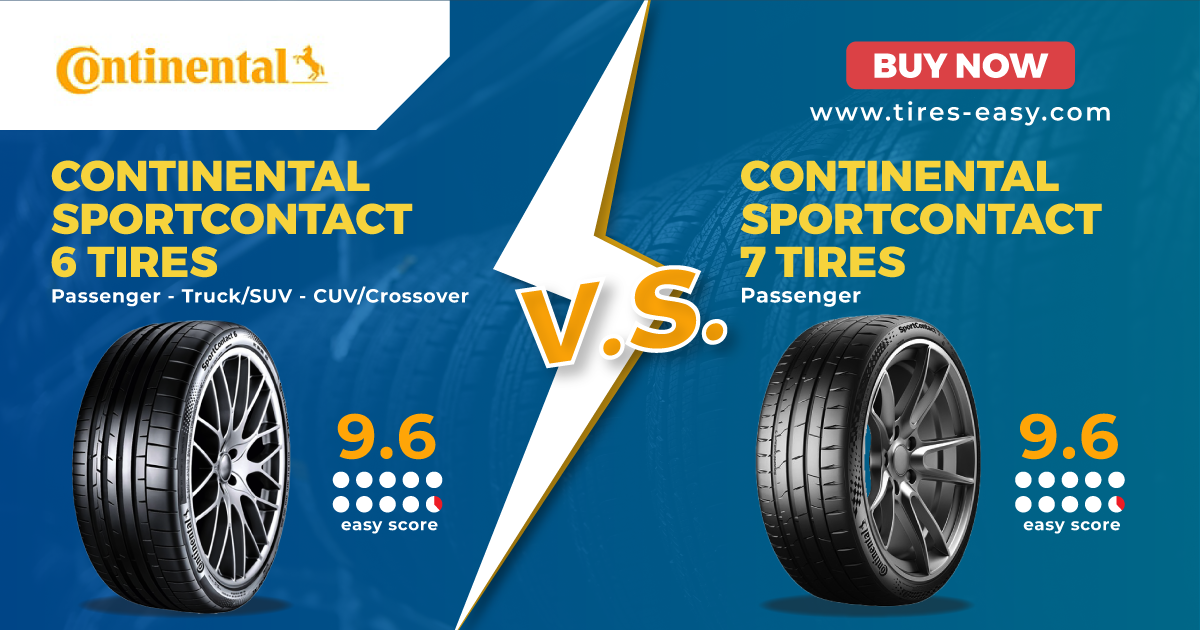
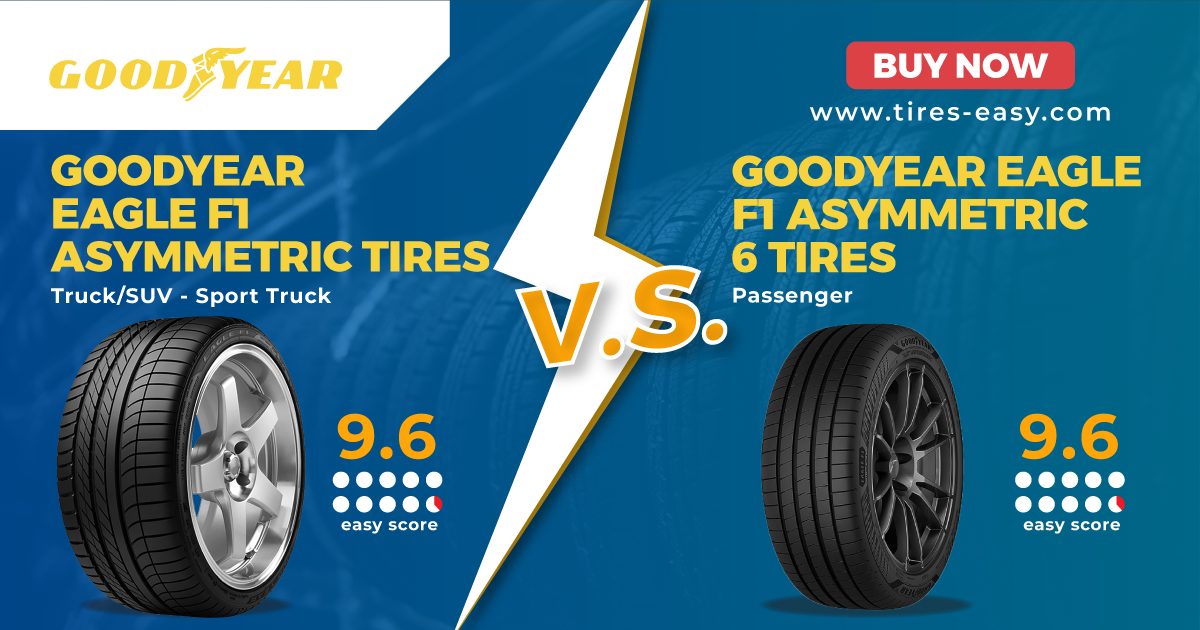
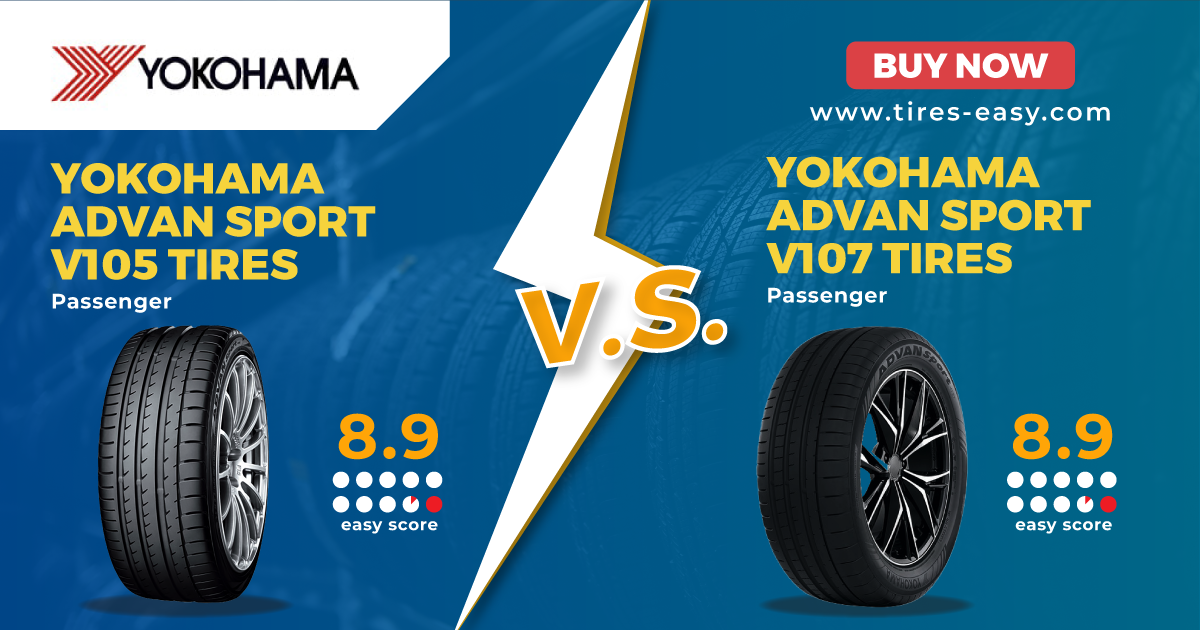
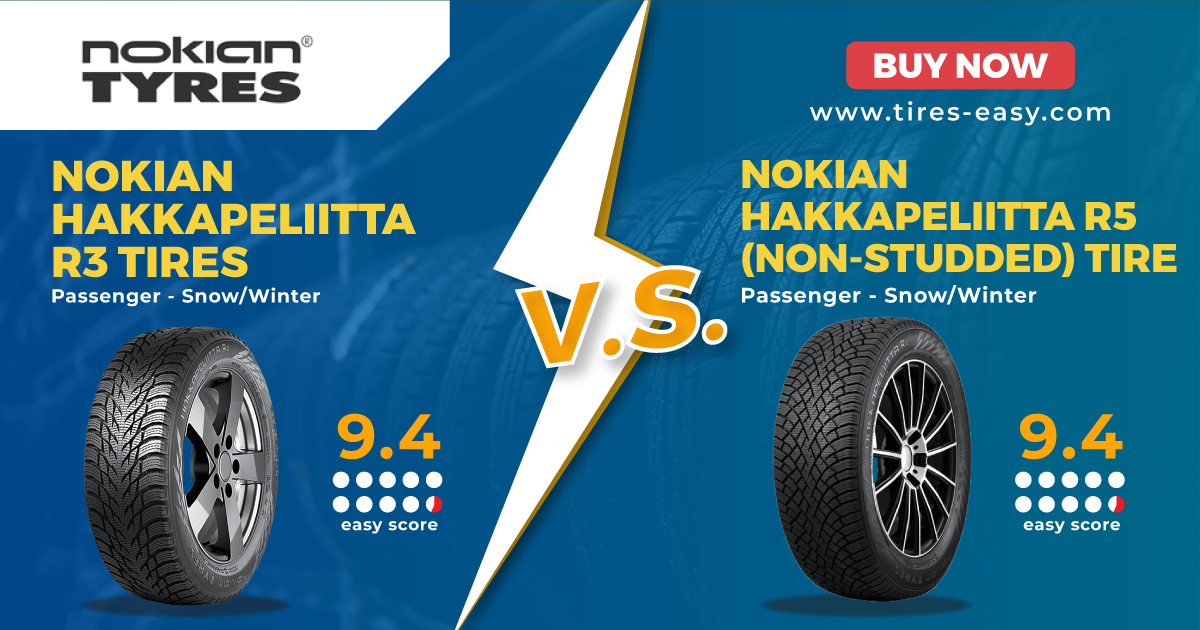
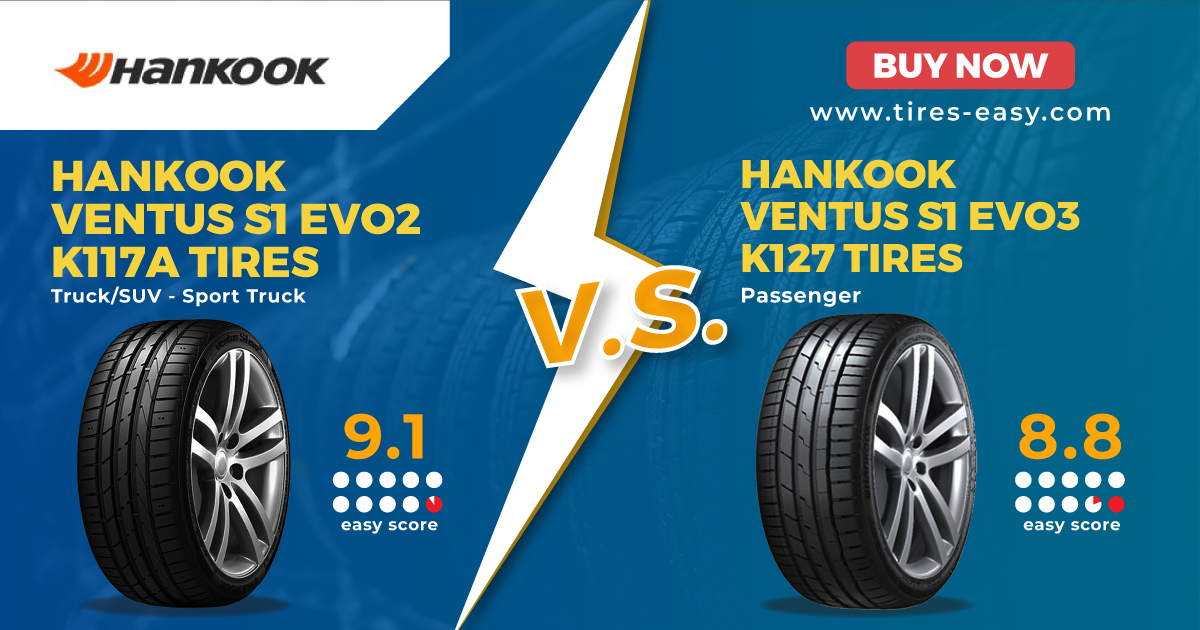

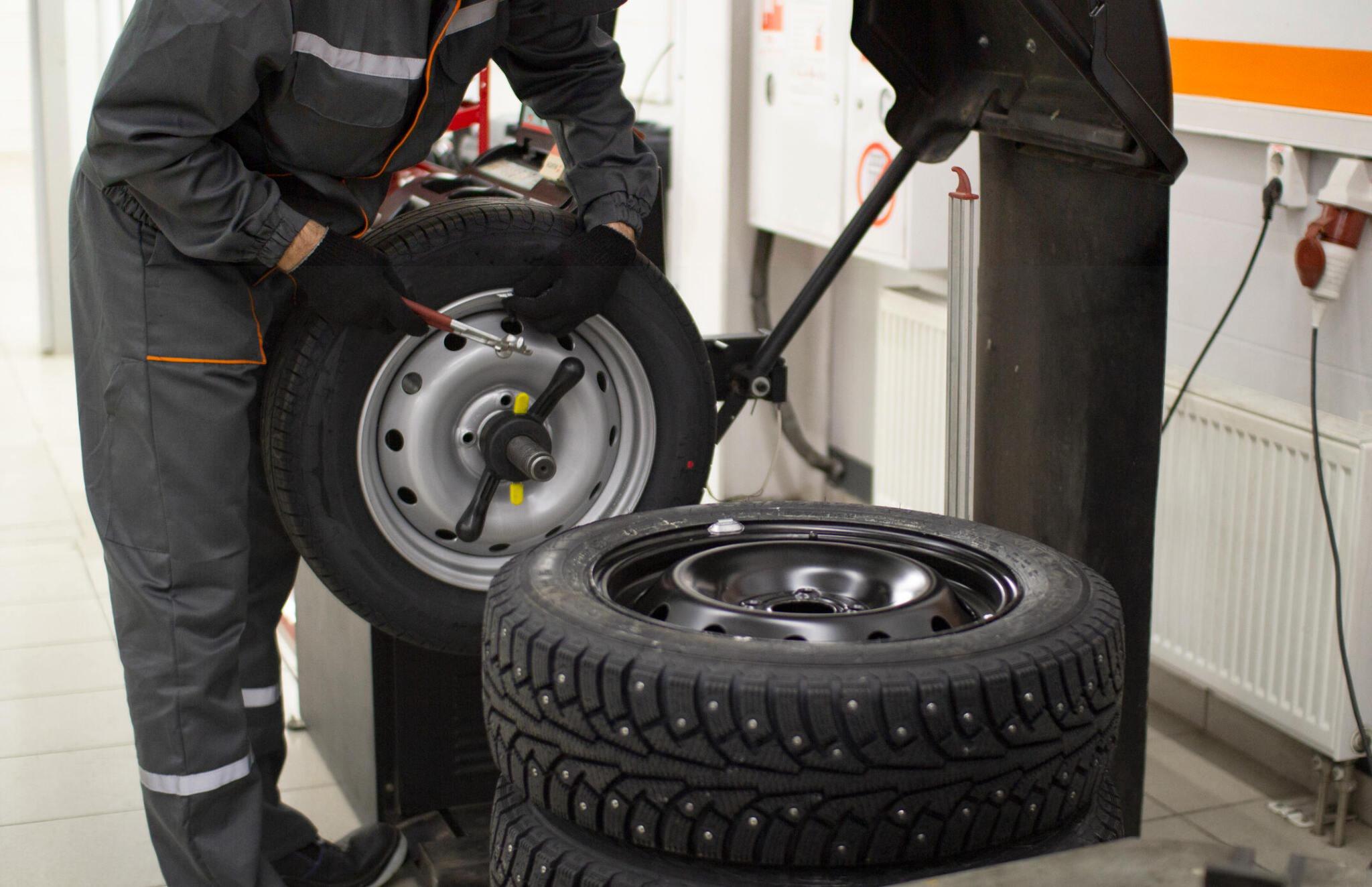

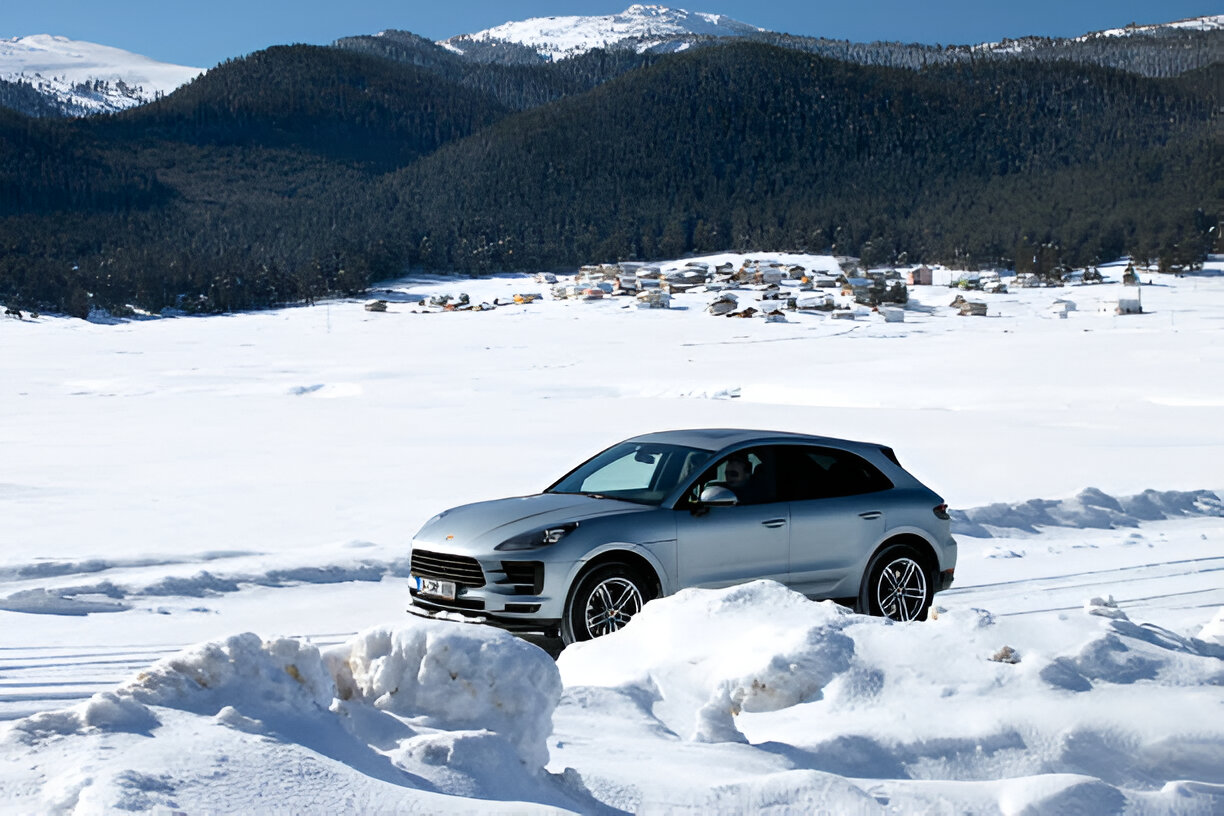
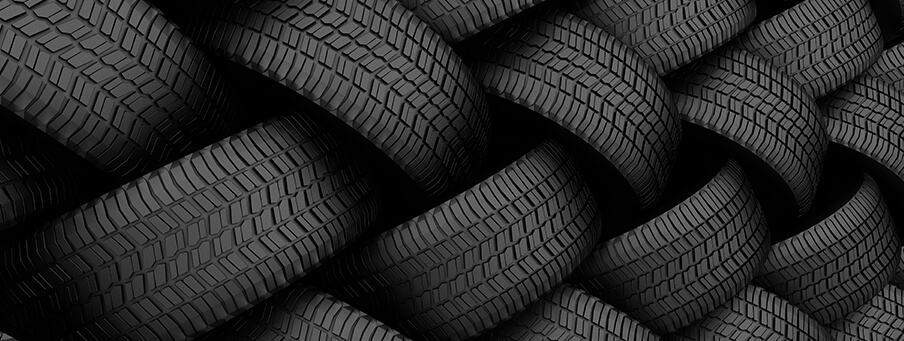
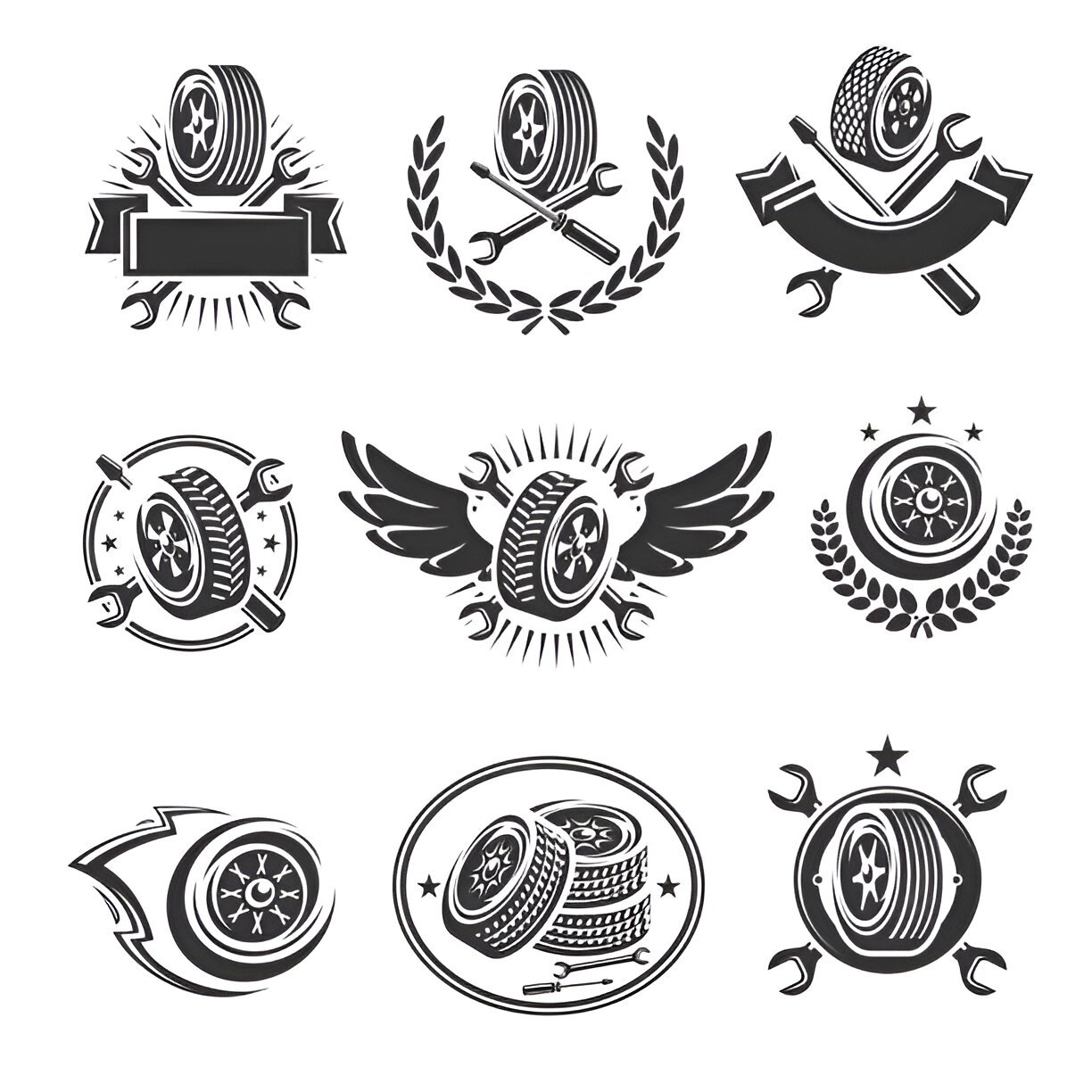
 English
English Français
Français Español
Español